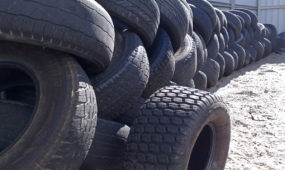New DNA hair analysis procedure makes catching criminals faster and cheaper
Research & Development
A NEWLY developed simple, lower-cost method for DNA profiling of human hairs can help police link criminals to serious crimes.

Sign up to receive notifications about new stories in this category.
Thank you for subscribing to story notifications.
Researchers at the University of Adelaide in South Australia have modified existing laboratory methods to produce accurate DNA profiles from trace amounts at a much higher success rate.
Associate Professor Jeremy Austin, Deputy Director with the Australian Centre for Ancient DNA at the university says DNA profiling of human hairs is critical to solving many serious crimes but most hairs found at crime scenes contain very little DNA because it has been severely dehydrated as part of the hair growth process.
“This makes DNA testing of hairs a real challenge,” he says, so his researchers developed a method that could produce better results.
University of Adelaide post-graduate student Janette Edson carried out the detailed genetic analysis of hundreds of shed human hairs collected from volunteer donors.
“Existing methods to obtain and interpret DNA profiles from shed human hairs are expensive and often unsuccessful,” says Associate Professor Austin, who leads the advanced human forensic identification program at the University of Adelaide.
“Our research shows that we can retrieve DNA profiles from shed human hairs that contain trace amounts of DNA without compromising the accuracy of our results. Previous methods required specialist and expensive laboratories.”
Lead-author Assistant Professor Dennis McNevin, from the University of Canberra, says: “Our simple modifications will allow this trace DNA to be analysed in a standard forensic laboratory with improved success rates of DNA profiling and without increased error rates.
“This is very important in forensic science as false positive results can lead to incorrect identifications and poor outcomes in the judicial system.”
Jump to next article



